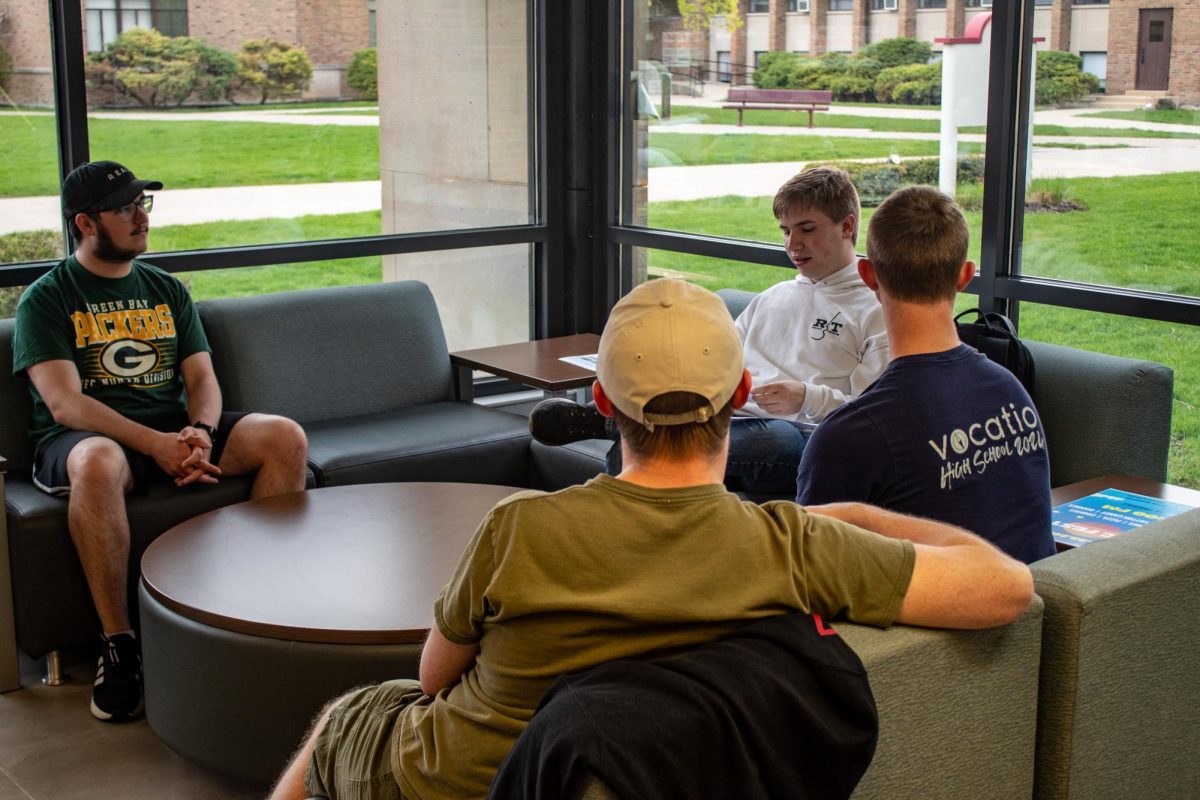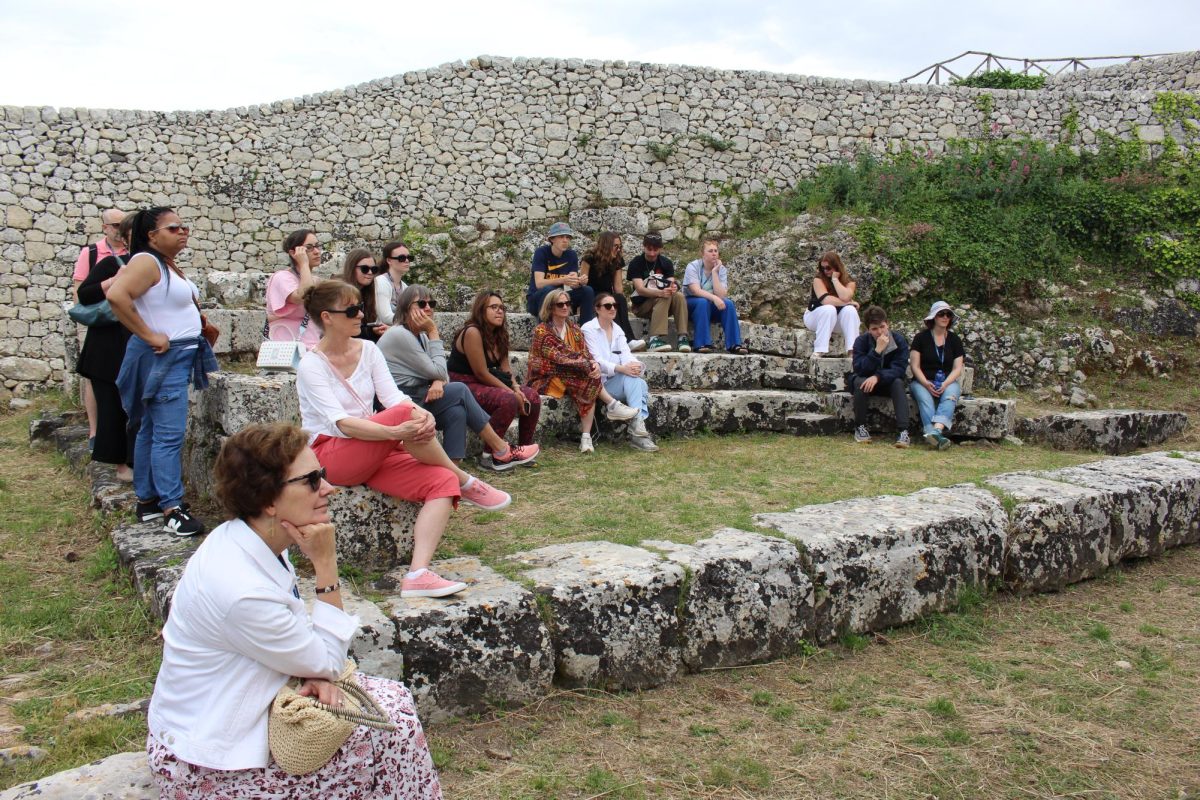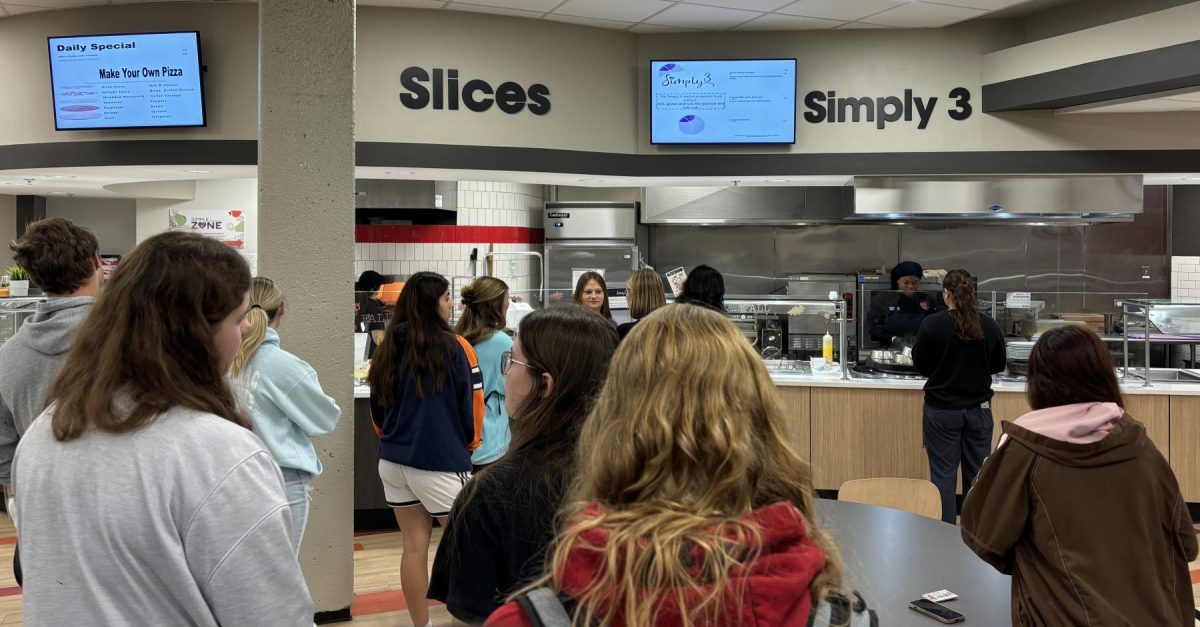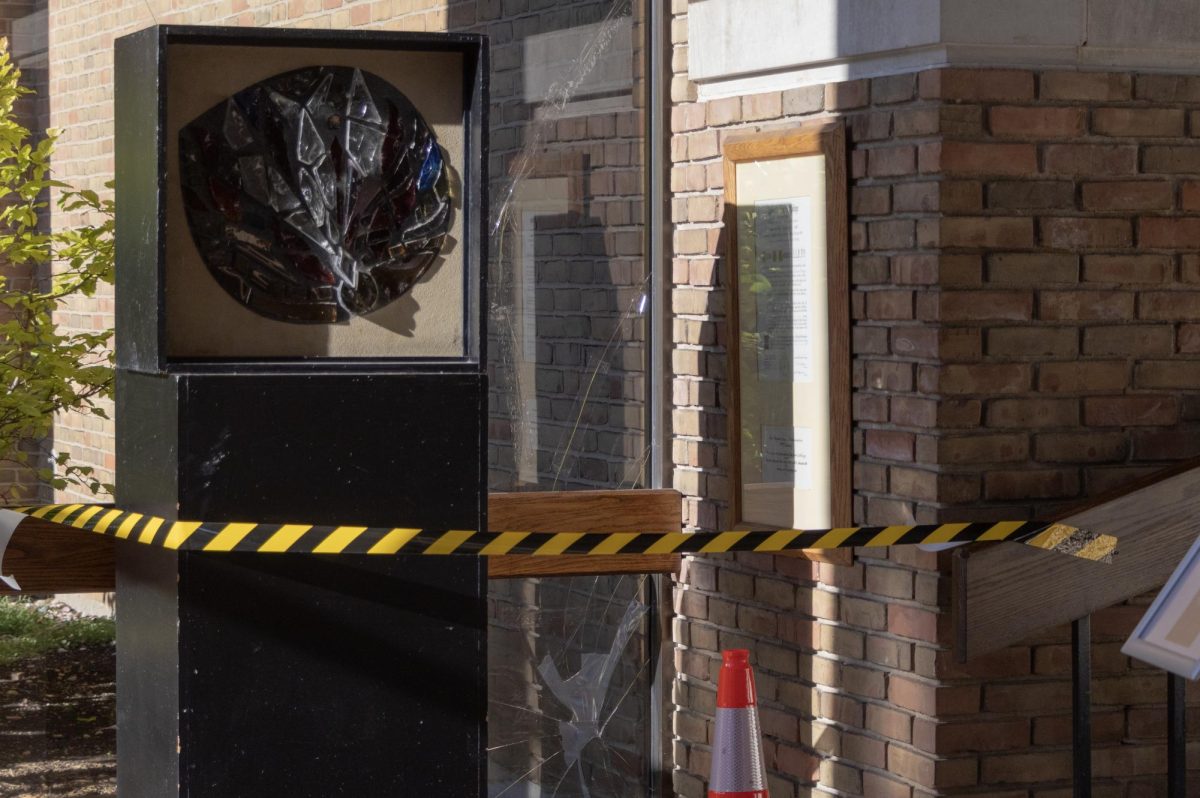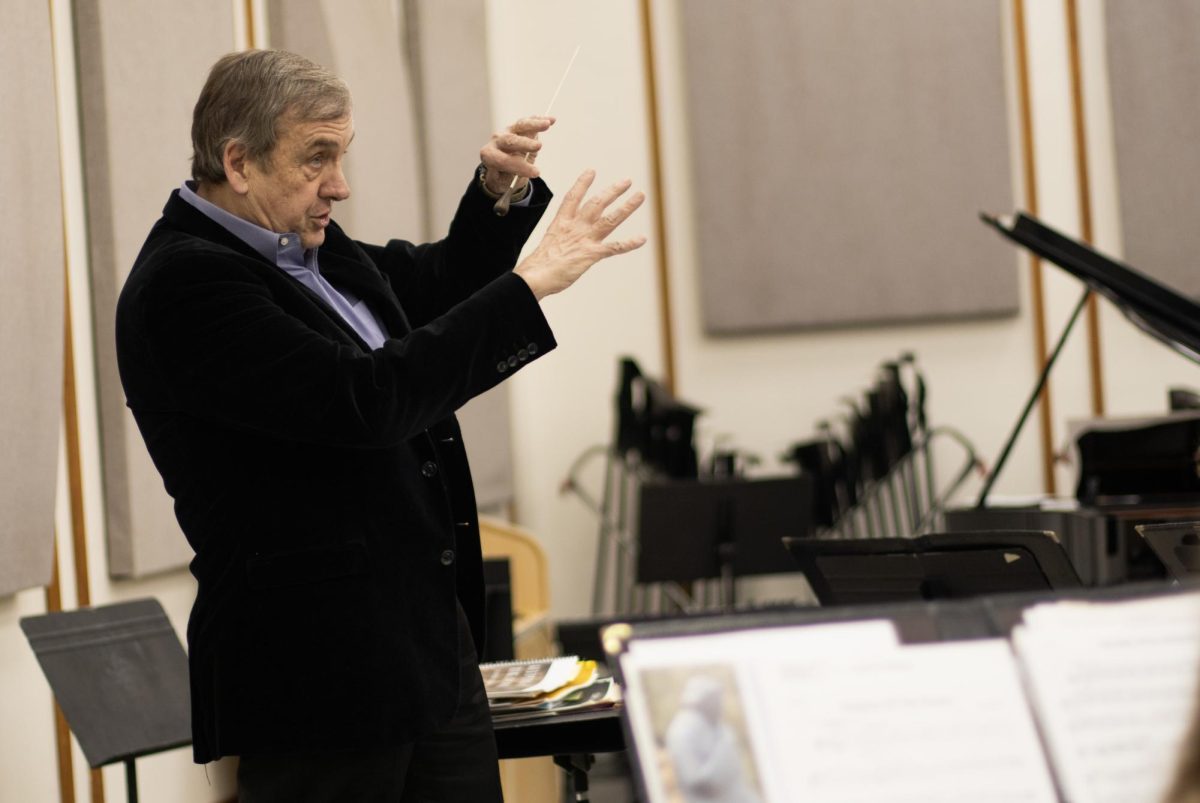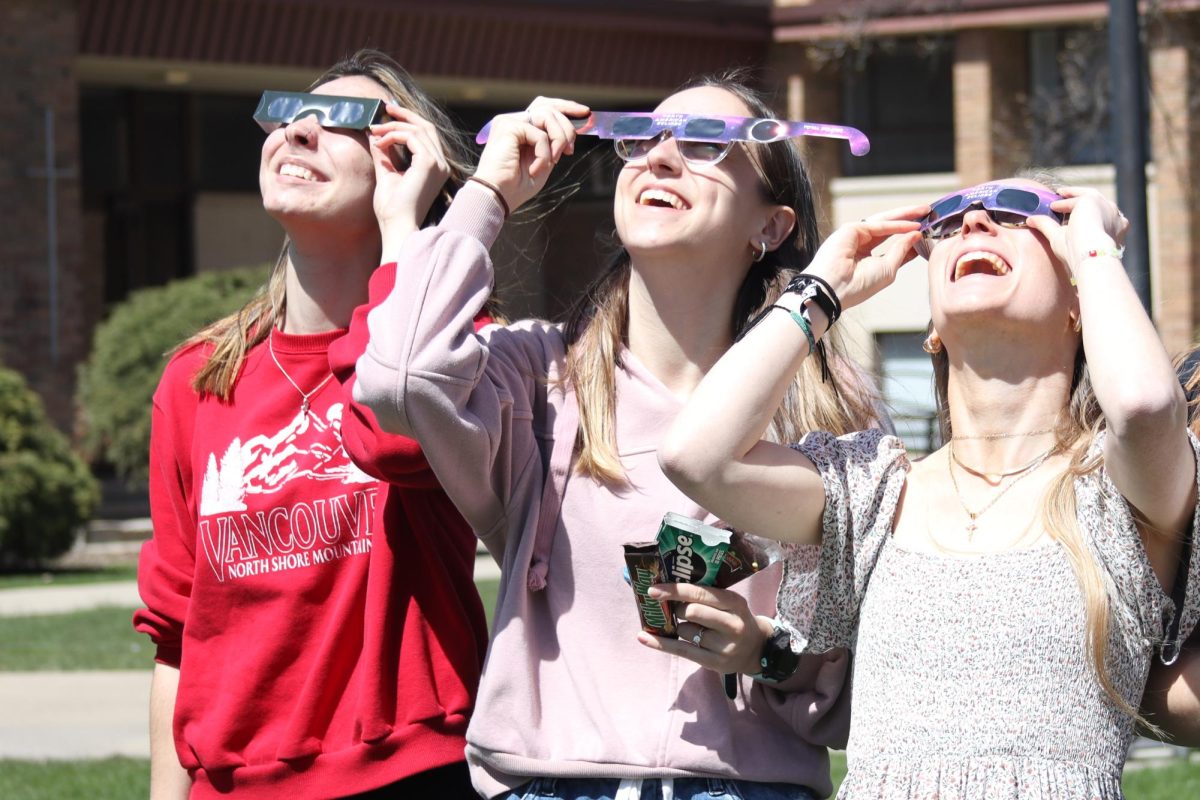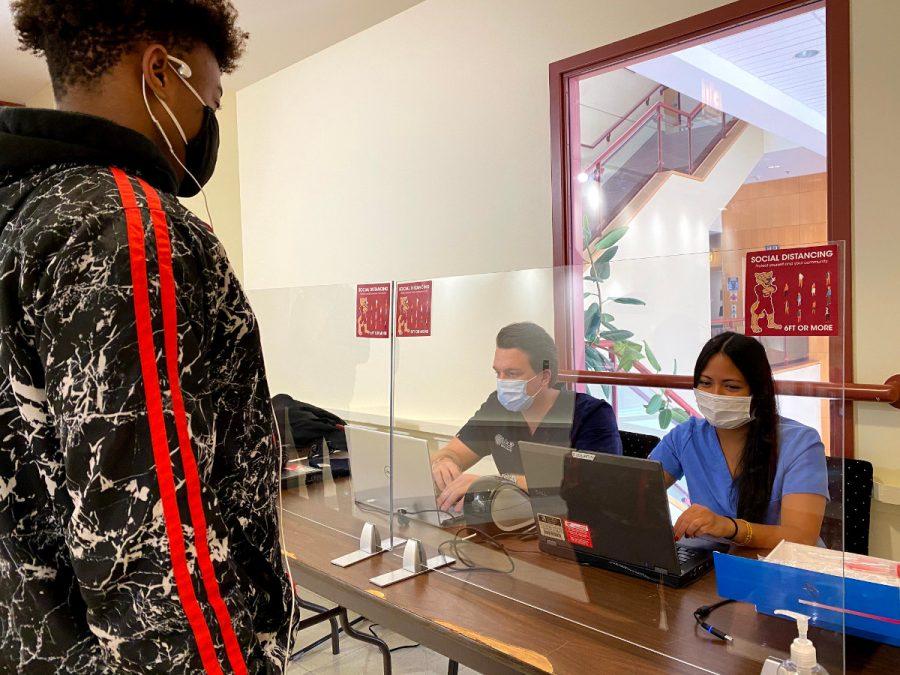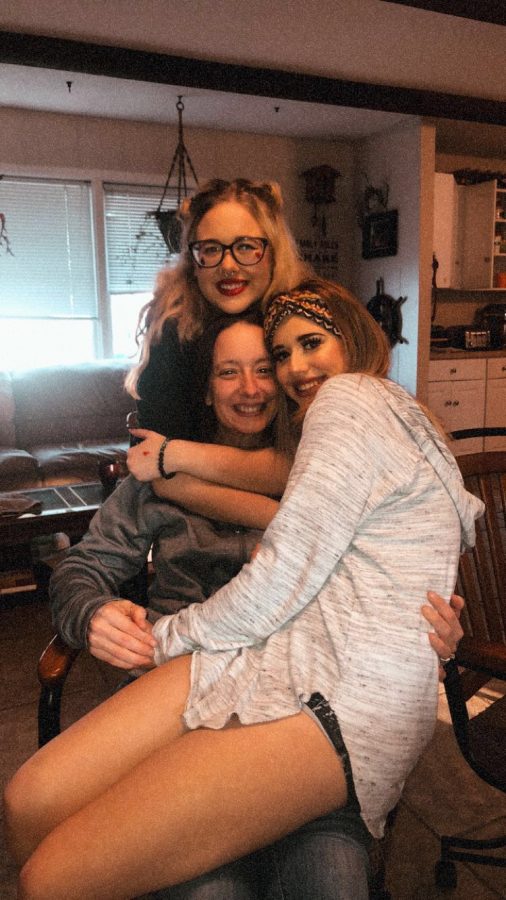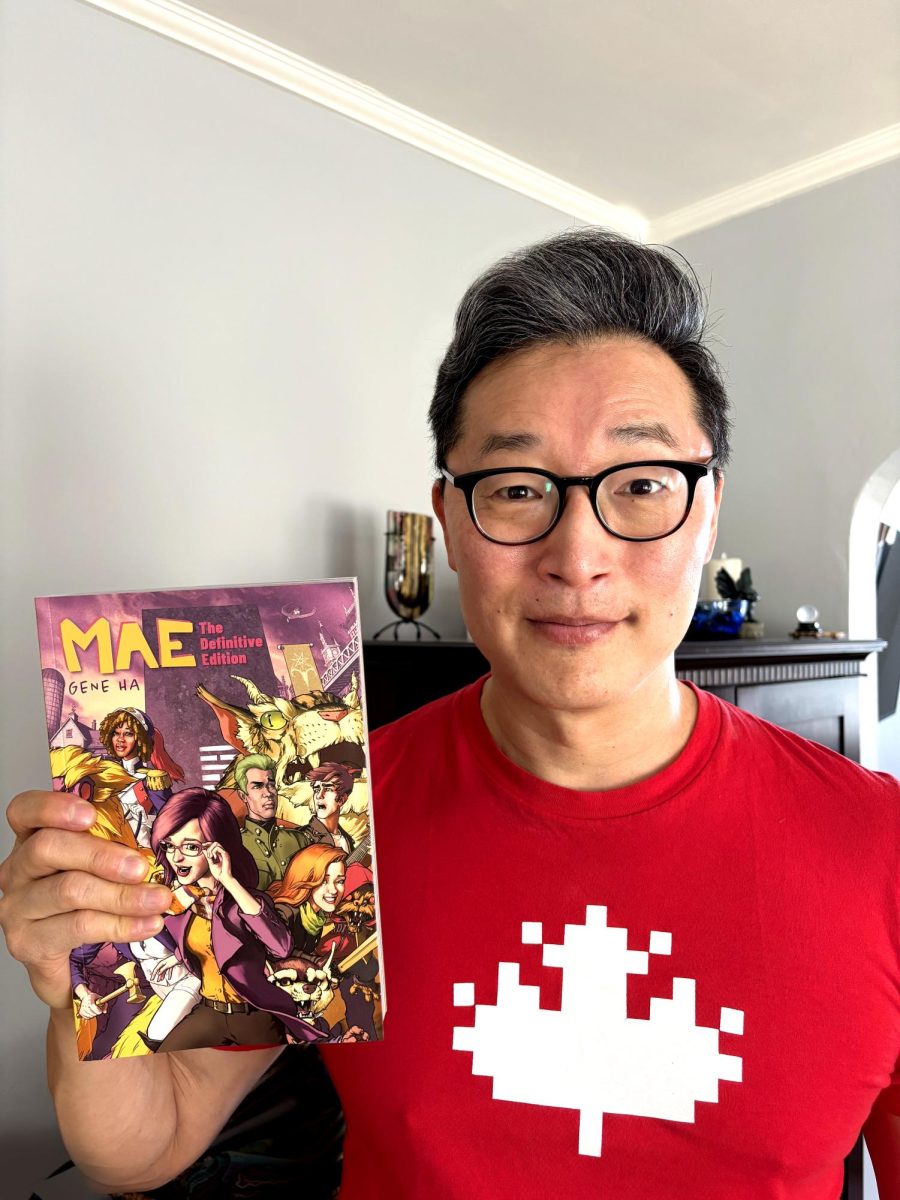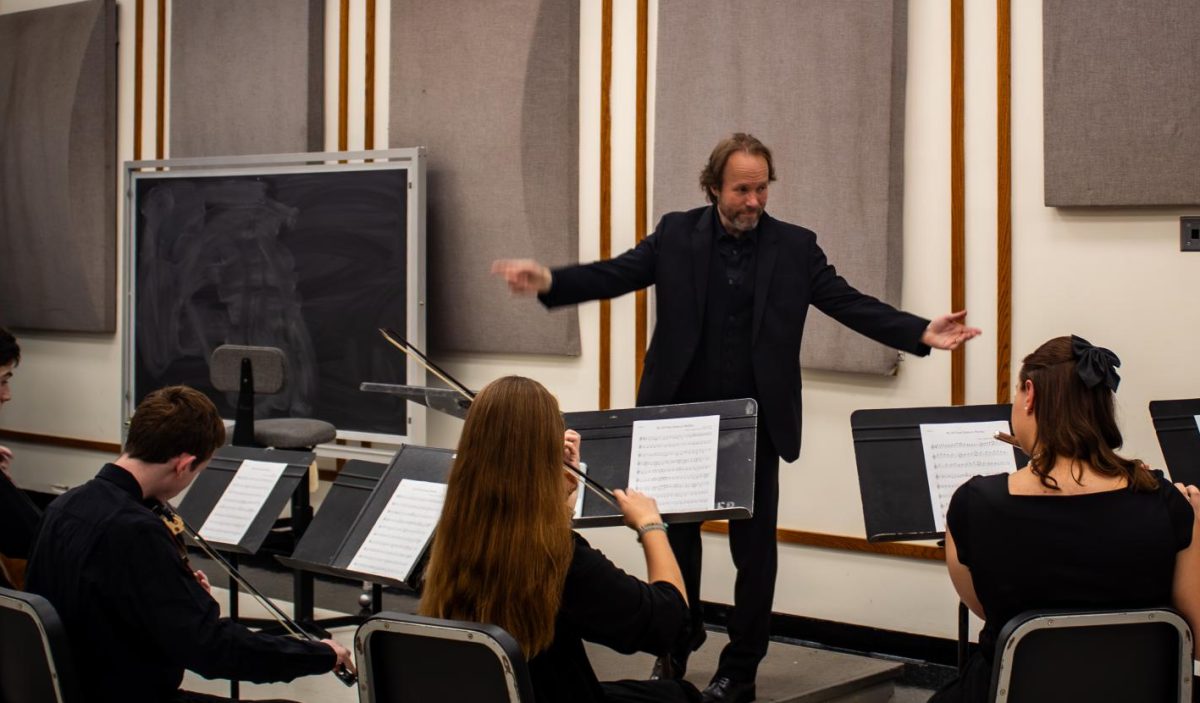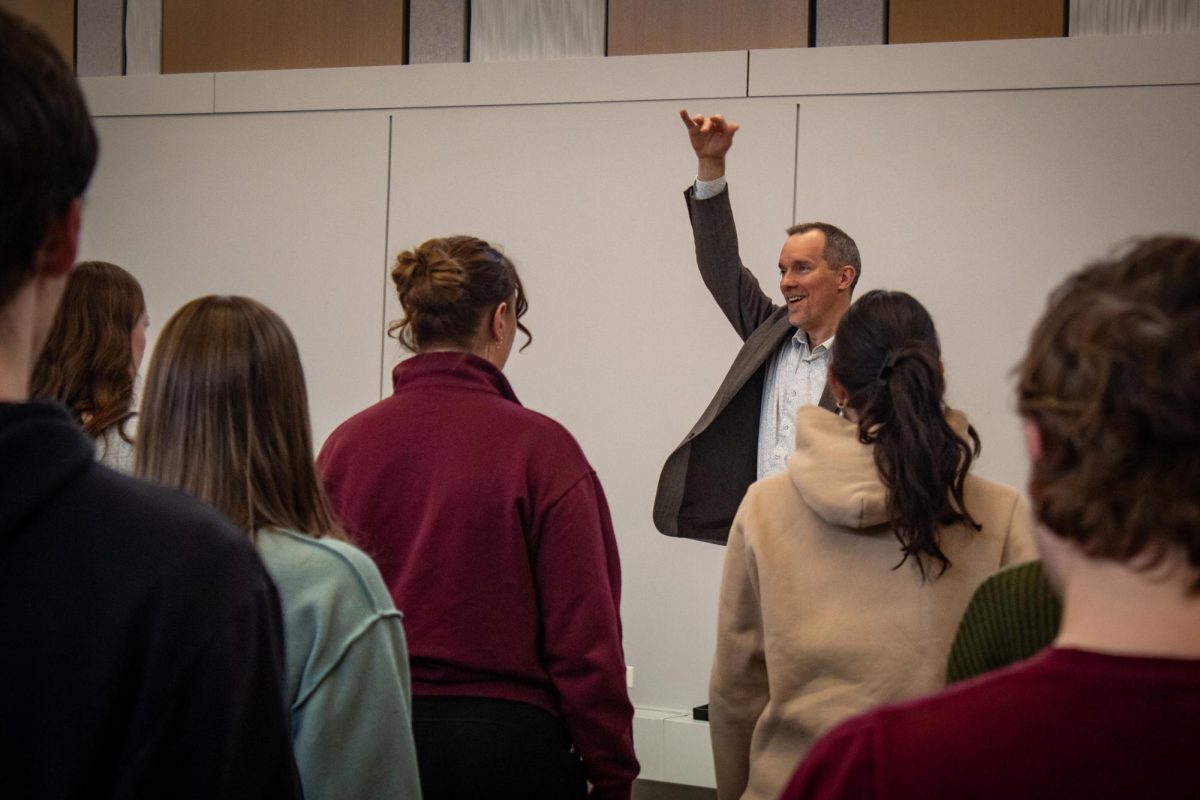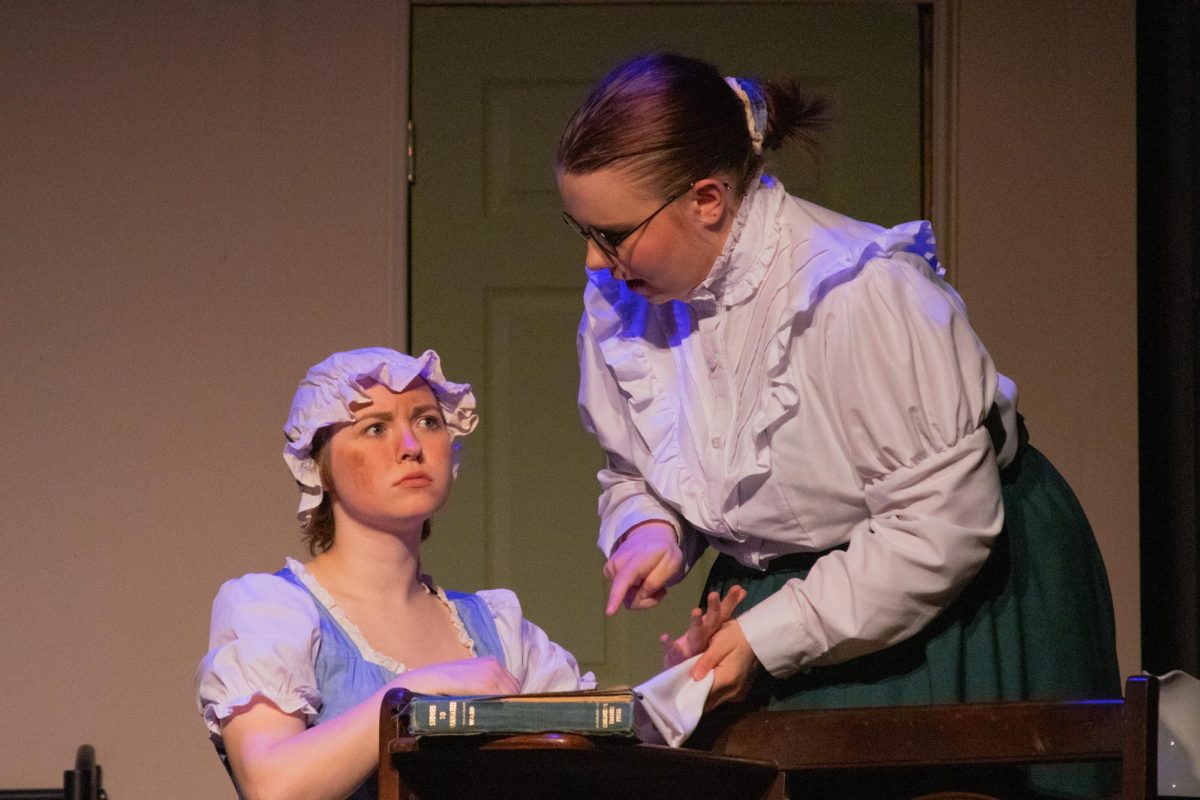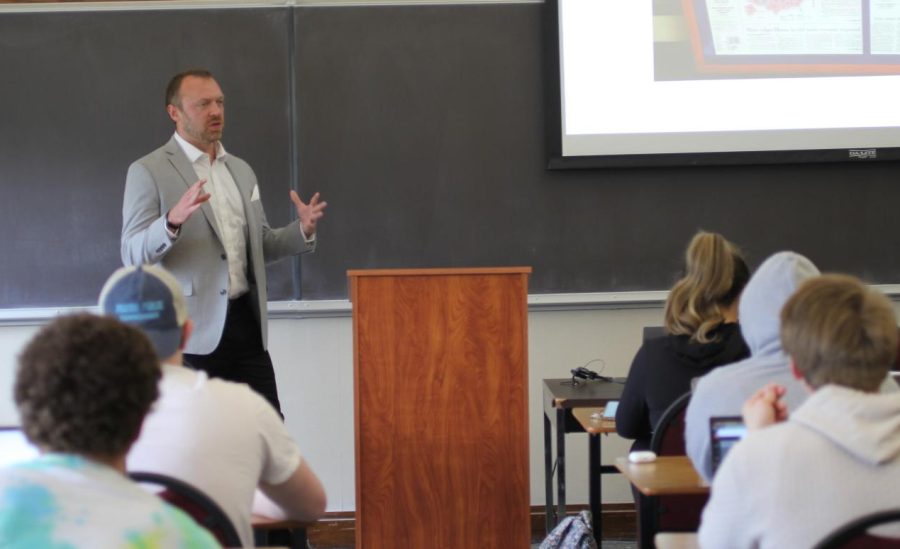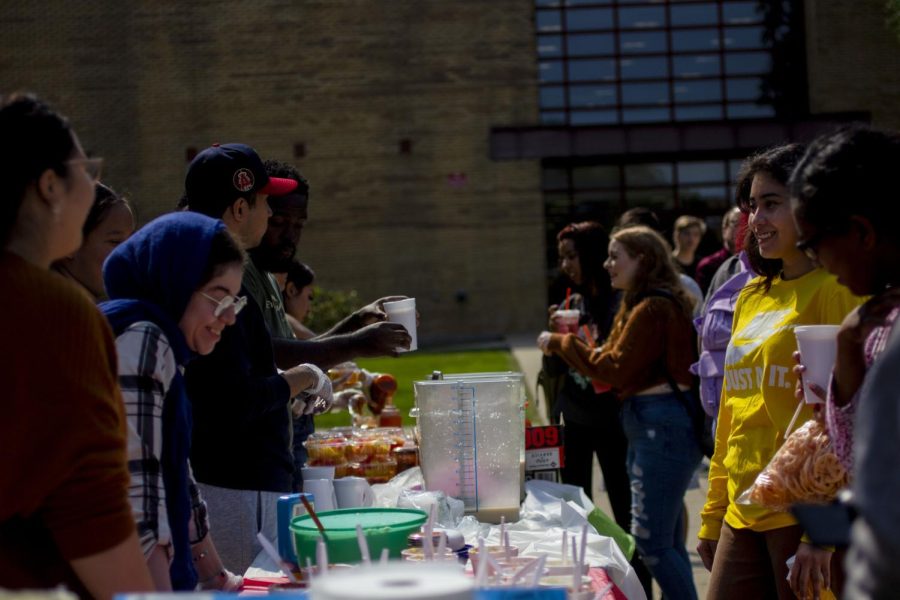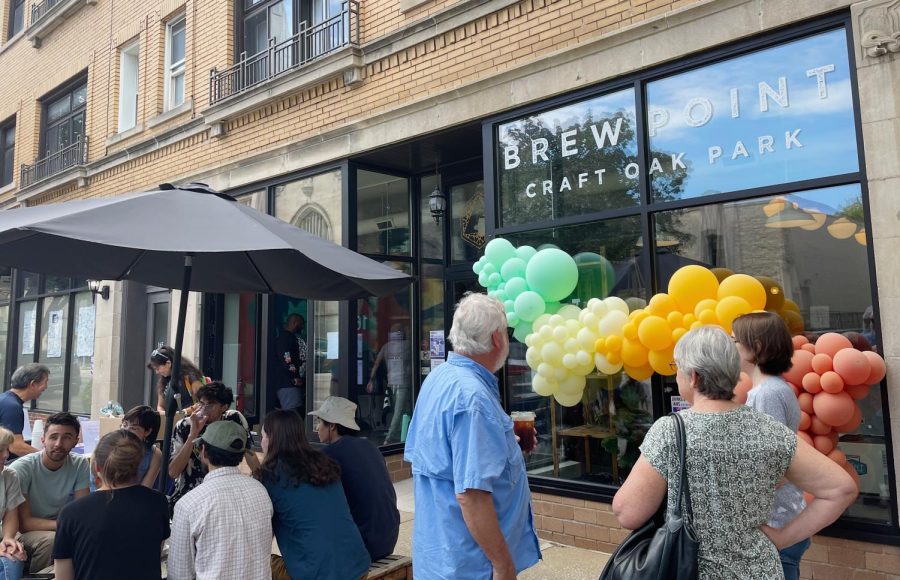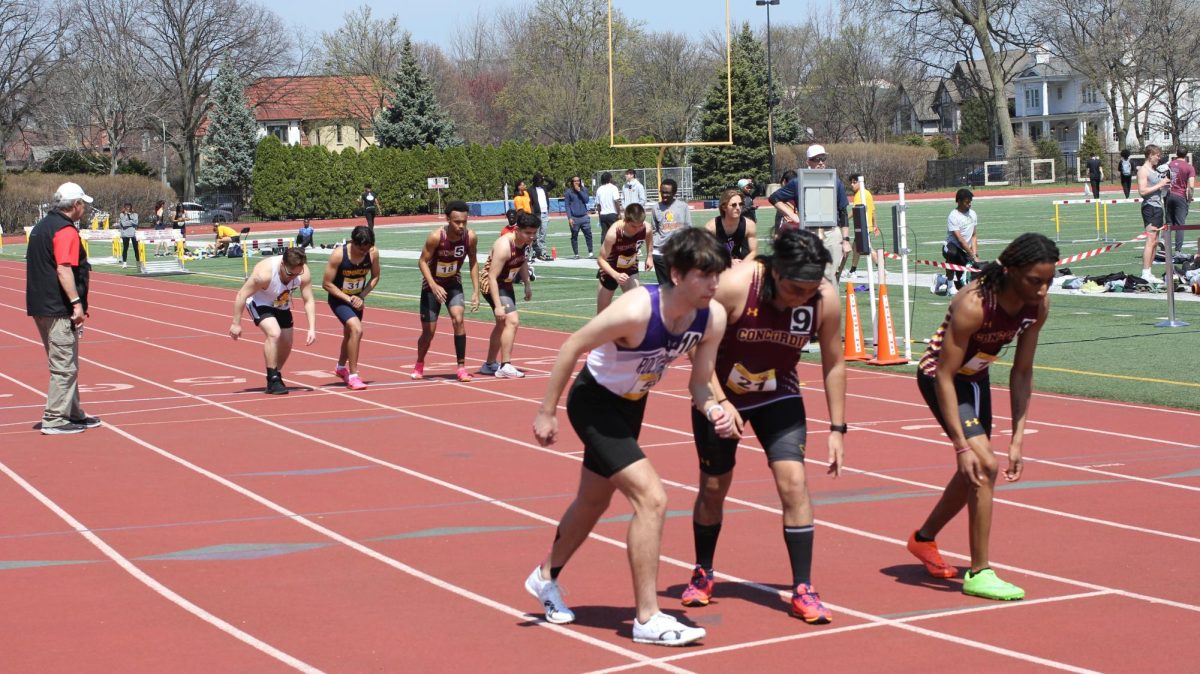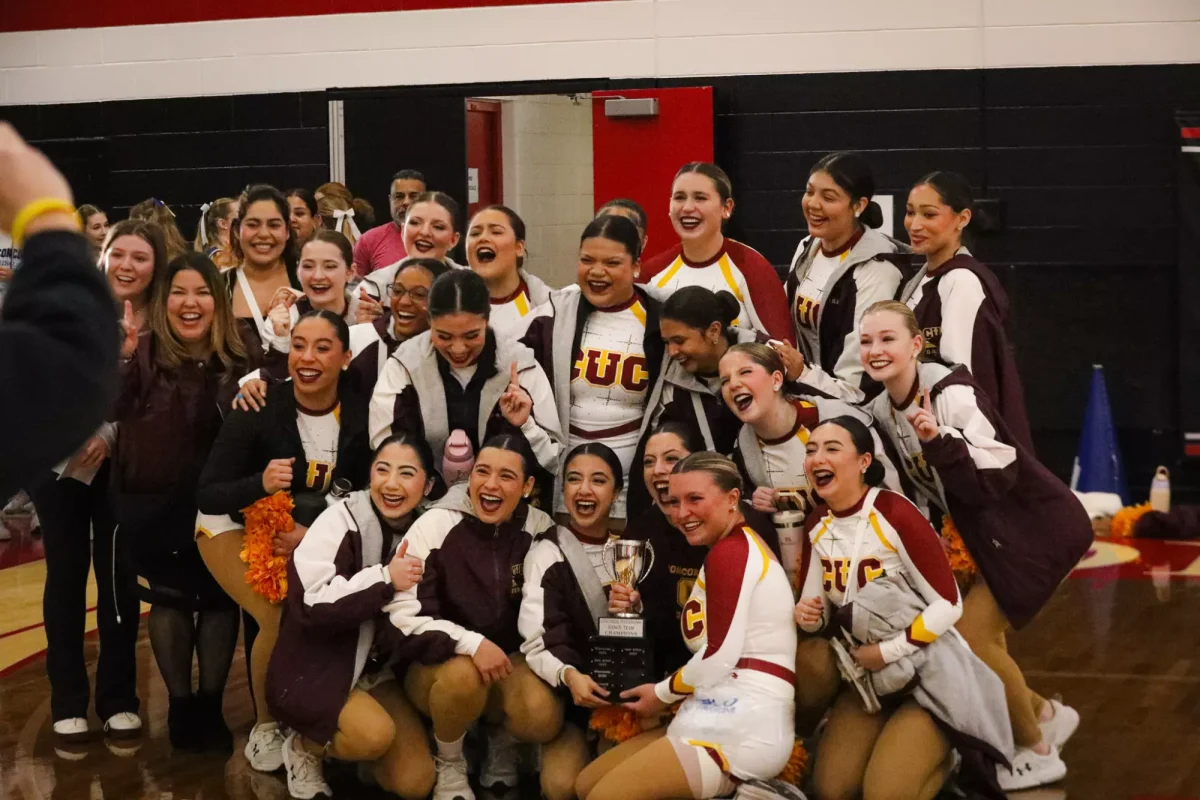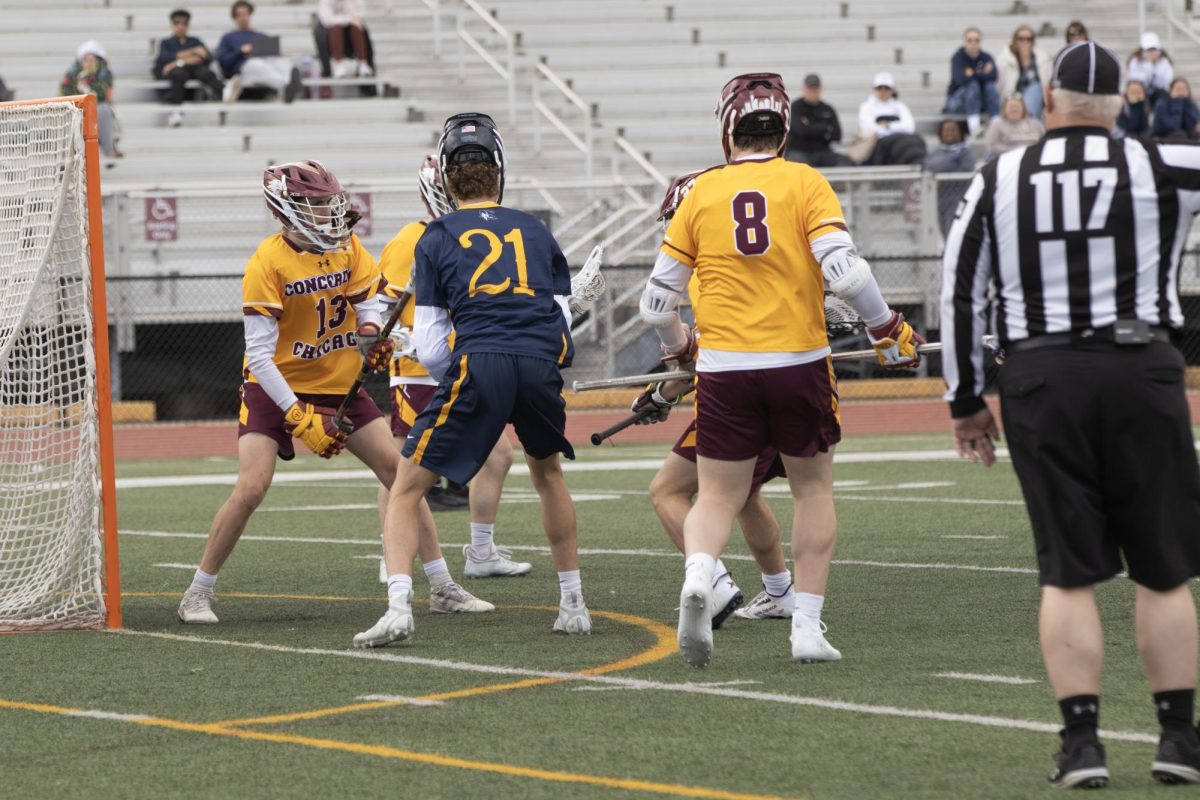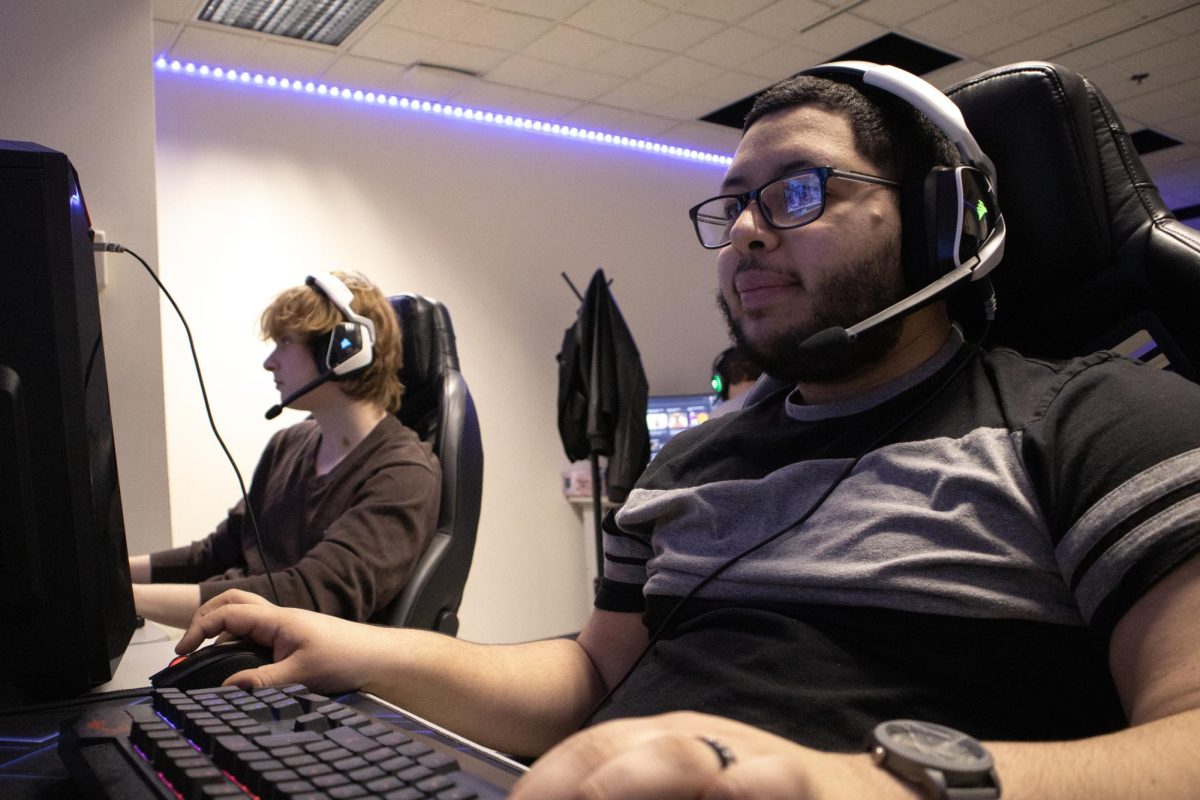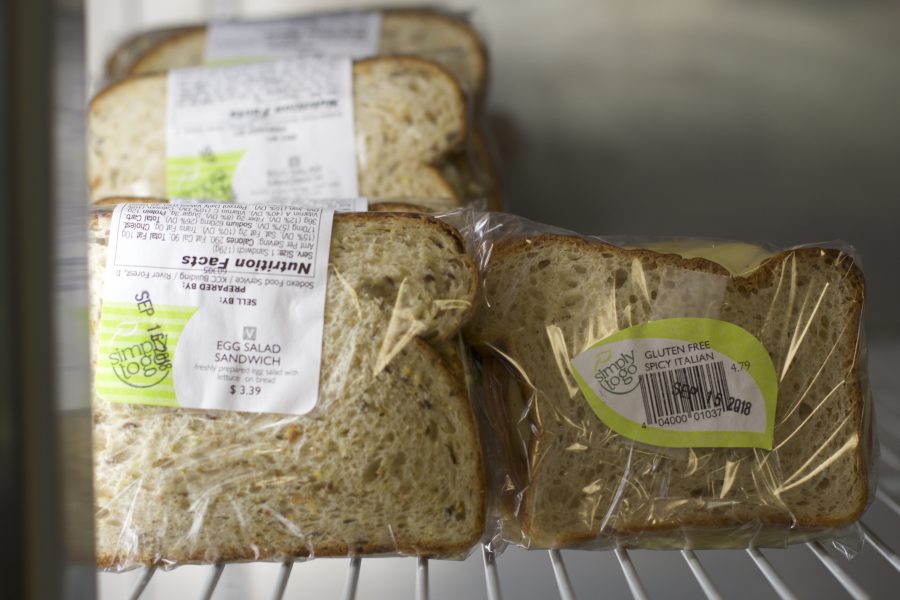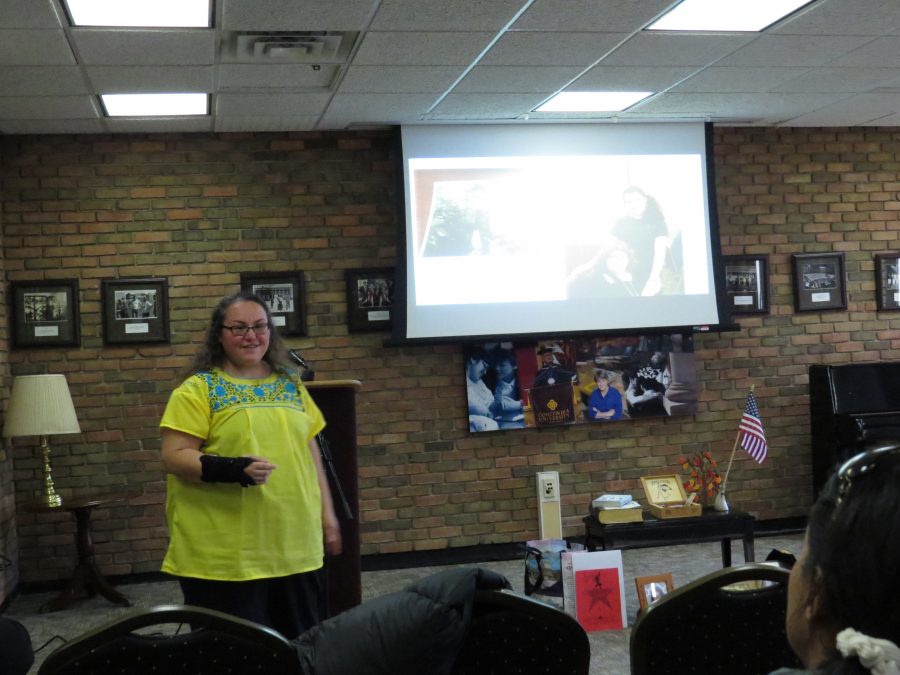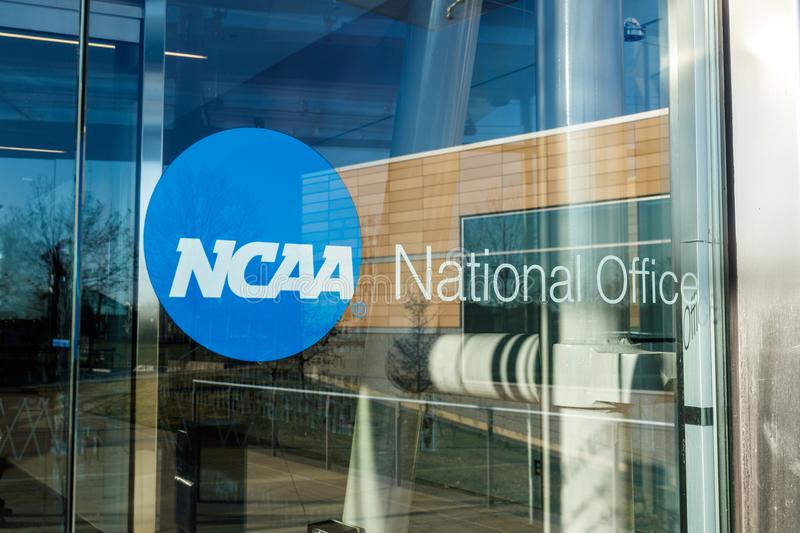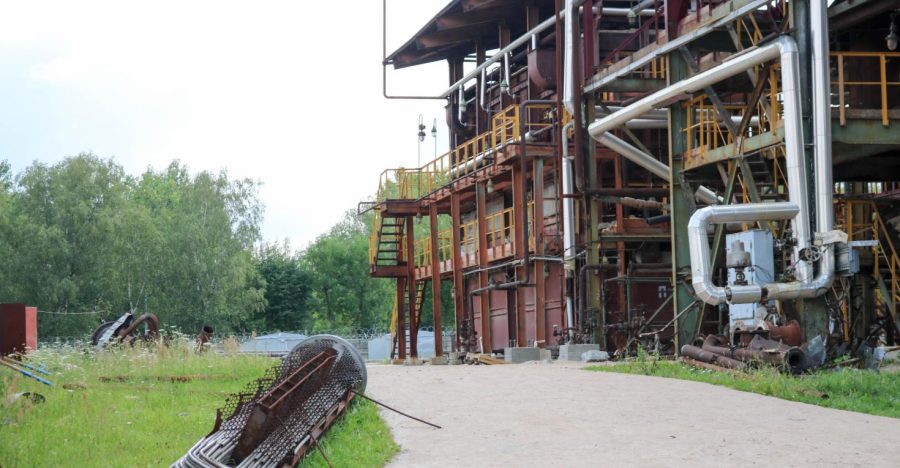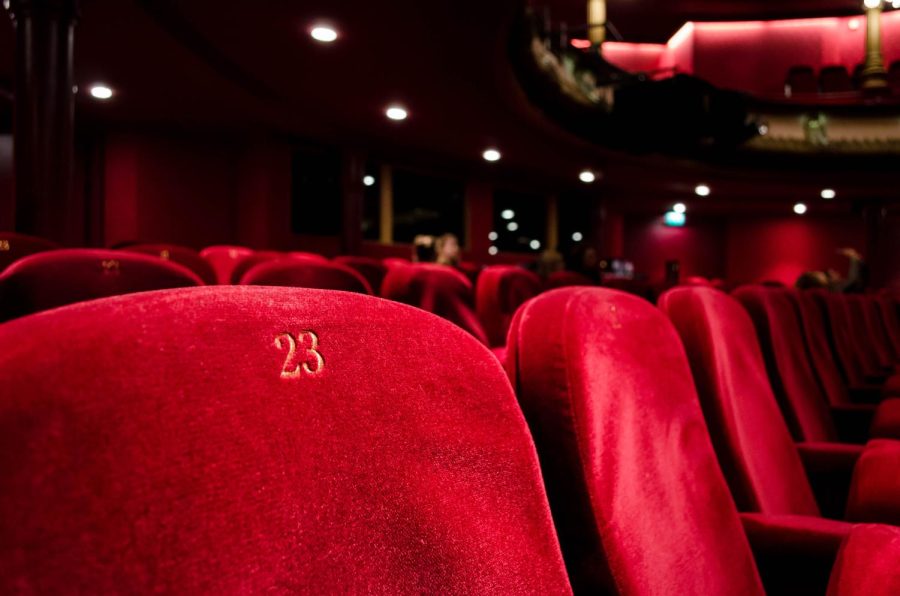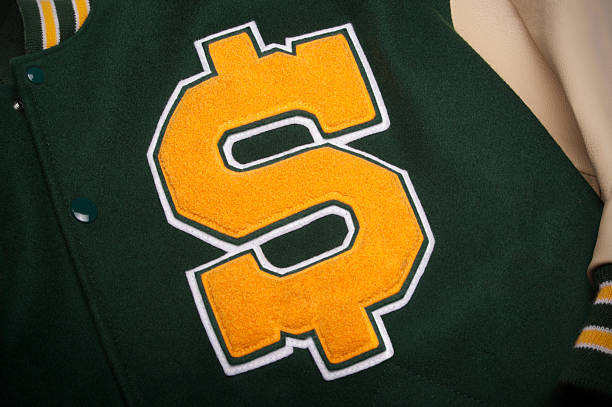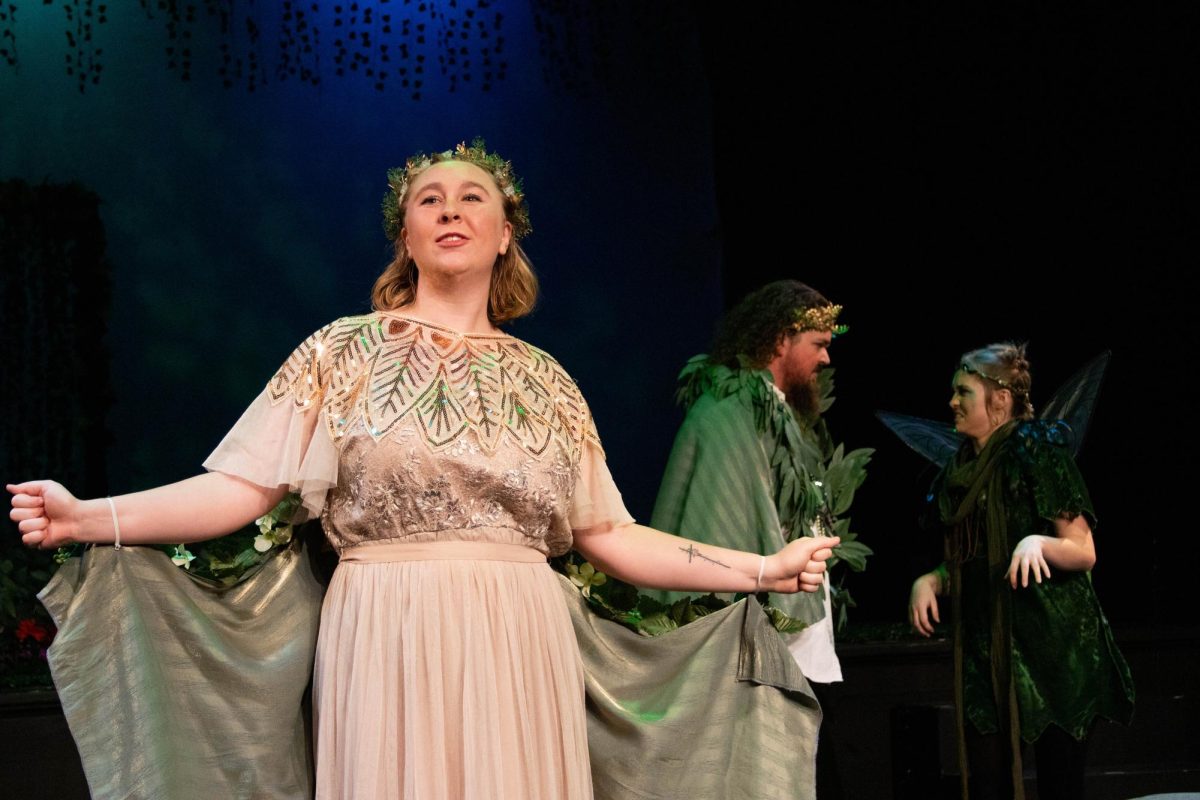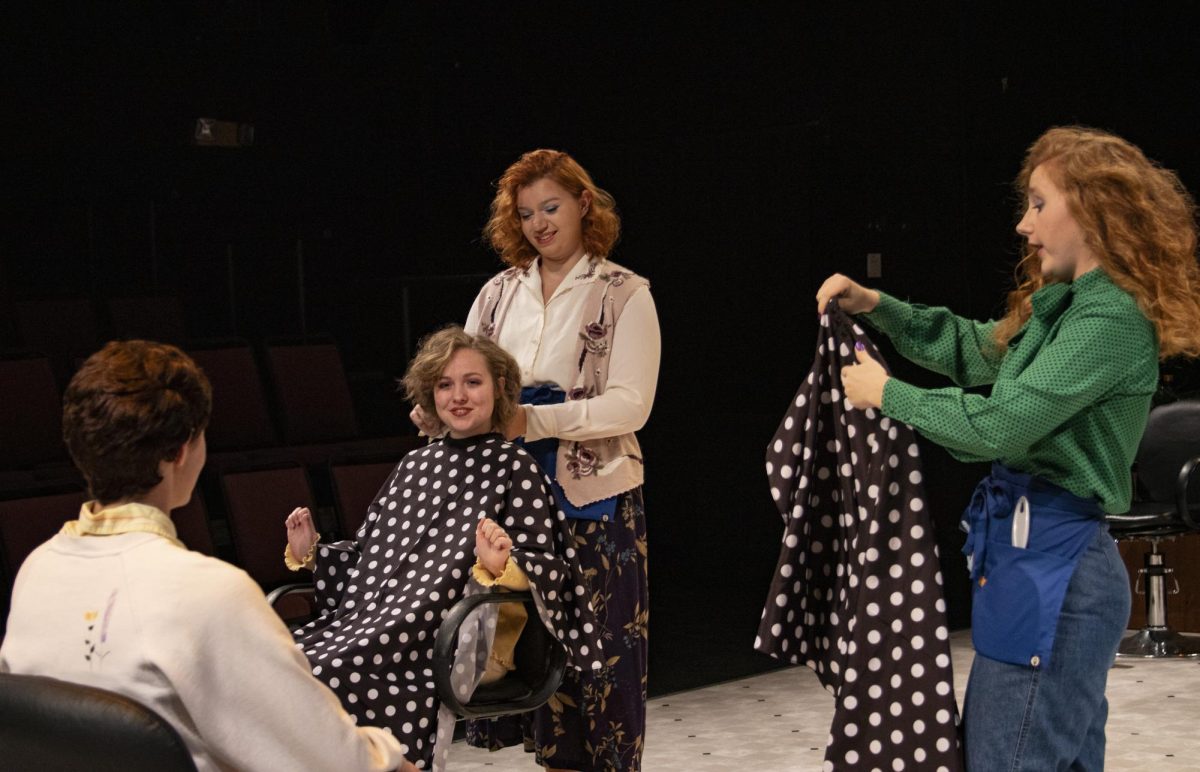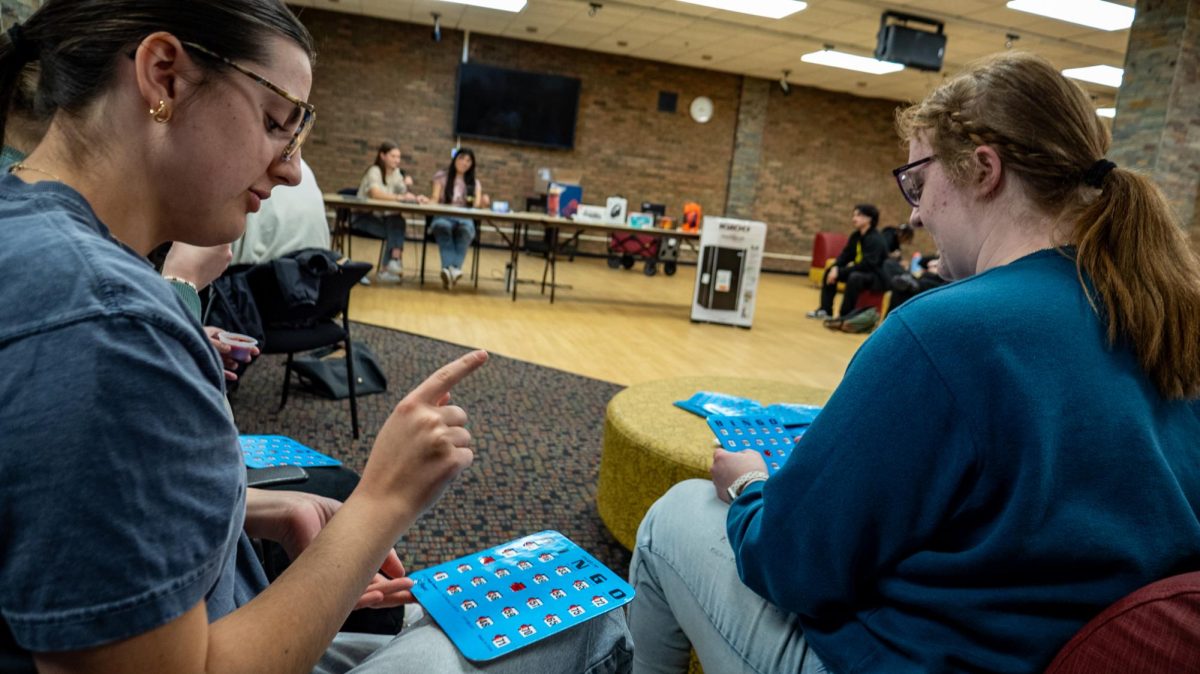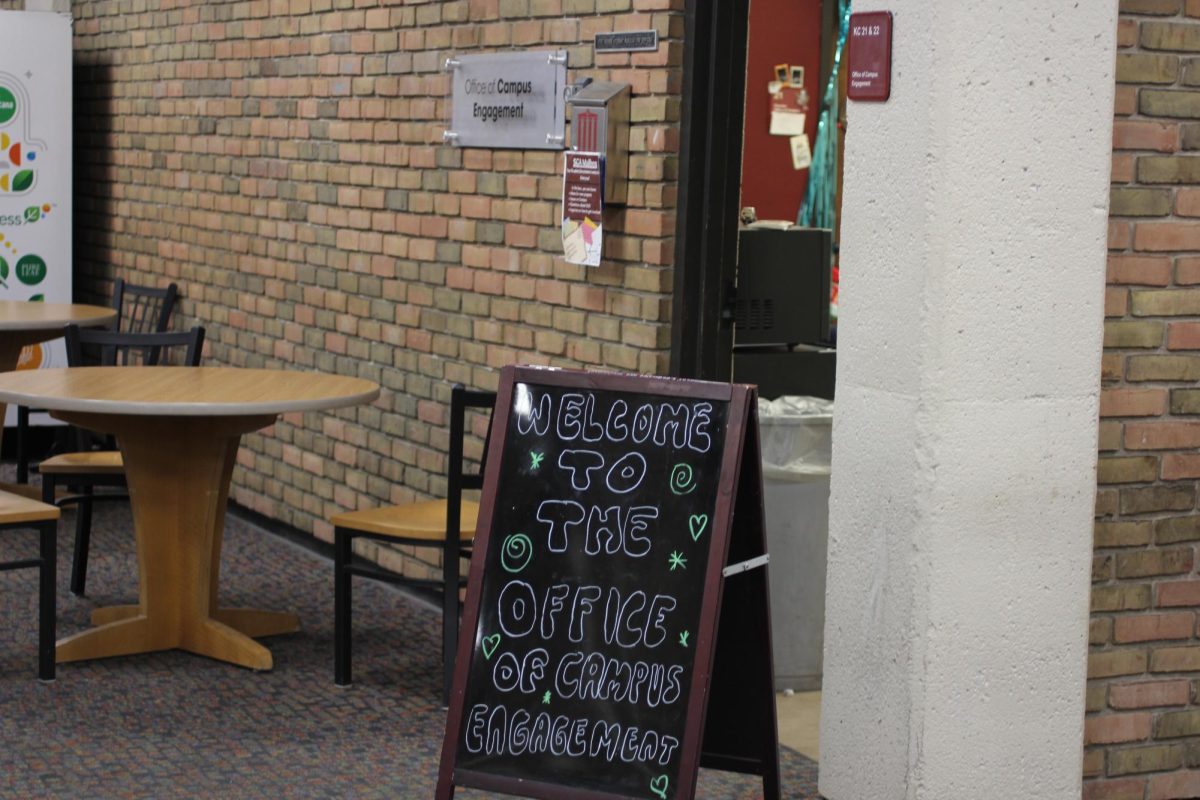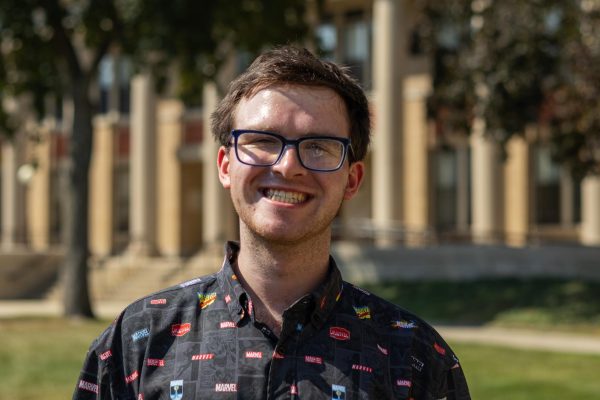Chicago’s best-known nickname is The Second City. The moniker was coined by A.J. Liebling, a writer for The New Yorker magazine, who used the nickname to put down Chicago.
However, if there is one area in which Chicago is no longer playing second fiddle to The Big Apple, it is in its ability to draw in comic book creators, writers, and artists.
“New York City is not an arts capital anymore, but Chicago is,” said artist Gene Ha. Ha, a Berwyn resident, is a five-time winner of the Eisner Award (most recently for Wonder Woman:Historia) which is the most prestigious award in comic books. “In Chicago, we don’t have just a single comic book community. We have multiple small communities that don’t know about each other.”
Ha was born in Chicago, but grew up in South Bend, Indiana. He later lived in Detroit, and then the Twin Cities. In 2003, Ha and his wife returned to the Chicago area.
“We moved back to Chicago because my wife did not like the weather in the Twin Cities,” said Ha. “It may be cold here, but it’s worse in Minnesota. Winter lasts an extra month up there, and the cold waves tend to last longer and be 10 degrees colder.”
Ha is not the only comic creator to call the Second City home. Other famous names in the world of comics such as Brian Azzarello, Jill Thompson, Eddie Campbell, and Daniel Warren Johnson also reside in Chicago. The four of them have worked on iconic comics such as Hellblazer, Sandman, From Hell, and Transformers, and have a combined 13 Eisner Awards.
There’s several reasons why comics creators have recently started flocking to Chicago.
For Ha, part of what makes Chicago a rising destination for people involved in the comics industry is the relatively cheap cost of living.
“Unlike New York City, prices for real estate aren’t outrageous,” said Ha. “For better or worse, there is always some neighborhood where you can find cheap real estate to live in. It may be because of crime and shootings, but artists and writers will live there. You don’t need to be rich to break into the arts in Chicago.”
According to payscale.com, a website that compares financial data such as salaries and price of living, the cost of living in New York City is 100.7% higher than Chicago. The cost of housing is 267.9% higher.
For comic writer and two-time Eisner nominated writer Joe Clark, the relative cheapness of living in Chicago also provides an avenue for exploring and experimenting.
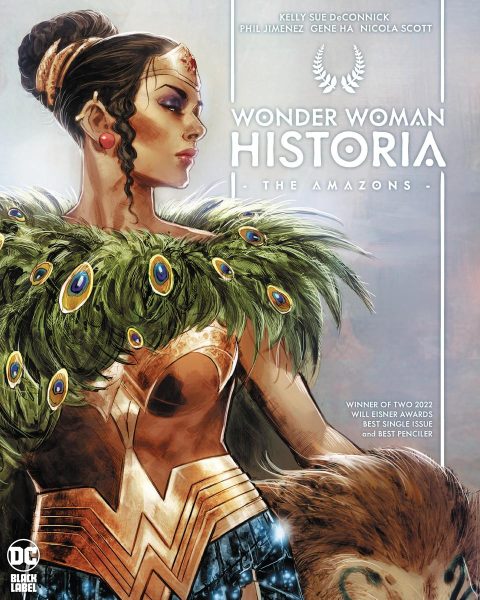
“In Chicago, stakes are lower, and rents are cheaper,” said Clark. “You can create your own voice and pursue creative projects that don’t need an immediate profit right away.”
Clark, who is also a musician and teaches jazz at DePaul University and Northwestern University, pointed to a 2016 New York Times article that focused on Chicago’s jazz scene. That piece described how it is possible for aspiring jazz musicians to make a living in the Second City when compared to New York.
“That applies to not only comics, but also to journalists, and creative types in general,” said Clark. “There’s great musicians in New York City, but great names have to hustle for fifty dollar lunch gigs.”
The cheaper rent creates opportunities for creatives to not only experiment in their own fields, but to also branch out into others. Clark had never written a comic book when his friend Kyle Higgins called him and asked if he was interested in co-writing a book on jazz, which later turned into the Eisner-nominated graphic novel Deep Cuts.
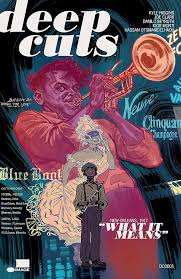
“If I was in the NYC jazz scene, it would be hard for me to do anything but that,” said Clark. “Here, there’s a great deal of variety. I’m currently working on a big piece of music for a video game, and making an album of Final Fantasy VI music. I also have three records I’m working on, a comic series, I teach at two universities, and I have a child I’m potty training.”
Ha echoed Clark’s sentiment on the amount of experimentation that Chicago provides.
“There’s room for young people to move here to find work and experiment,” said Ha. “Experimental theatre is dying in New York, but not in Chicago. Storefront theaters are thriving, and that is where innovation and creativity happen.”
According to both men, another part of what makes Chicago work as a hub for creative people is the various communities that exist in the city.
“We have a community that allows people to survive as artists here,” said Ha. “The members of the communities can be creative, give advice, and commiserate with you.”
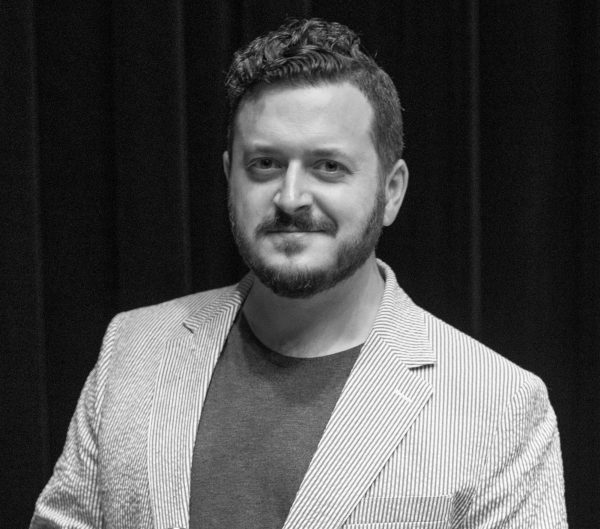
Clark compared the sense of community to the 1960s, during what was known as the Marvel Silver Age. During that time, the headquarters of the two largest comic book companies, DC and Marvel, were both located in New York City. Marvel still has its headquarters in the Big Apple, while DC moved its headquarters to Burbank, California, in 2015.
Clark said that feeling of localism, of having to be in one city or else you couldn’t make it in the comics industry, no longer exists.
“I’ve worked with collaborators in Italy, Brazil, and Australia,” said Clark. “All of us are able to find corners where we are able to survive. As a novice, the community is very warm and welcoming.”
Clark said that his favorite thing about Chicago was the community, and how despite being the third largest city in the United States, everything still feels easily accessible and local.
“It’s the world’s littlest big town, and the world’s biggest little city,” said Clark. “I’m really impressed that it always feels cozy. I’ve met Daniel Warren Johnson a few times. I used to see Brian Azzarello at the breweries, and I’ve seen Jill Thompson at the gas station.”
Clark’s sentiment of Chicago as a cozy but welcoming large city is one that others agree with. This past October, Chicago won “Best Big City in the U.S.” for the eighth year in a row.
“It has everything,” said Ha. “It has architecture, the arts, culture, and a food scene that’s one of the best in the world. It’s got an amazing publishing industry, an endless supply of fresh water, and livable weather. It’s a big, bustling, beautiful city.”

